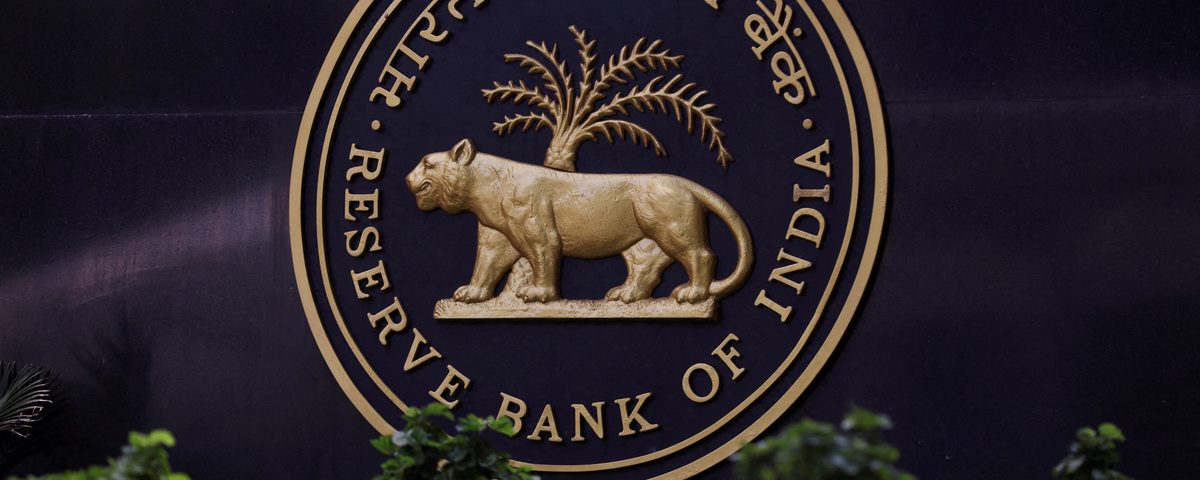
How Boeing’s leadership was ‘fired’ by its own customers
28/03/2024
Oil prices have path to $100/barrel on Russia cuts, but US likely to stand in way
28/03/2024India central bank keen to further build up record high FX reserves, say sources

India central bank keen to further build up record high FX reserves, say sources
MUMBAI (Reuters) – India’s central bank intends to continue bolstering its forex reserves, leveraging strong inflows into the country’s equity and debt markets, according to two sources familiar with the bank’s strategy.
The Reserve Bank of India’s accumulation of dollar inflows serves as a strategic move to prevent a rapid appreciation of the rupee, despite robust economic growth and a favorable balance of payments, analysts noted.
As of March 15, the Reserve Bank of India’s (RBI) FX reserves reached a record high of $642.49 billion, reflecting the bank’s ongoing efforts to fortify its financial position.
“Reserves are deemed adequate according to most of RBI’s internal metrics, with slight shortfalls noted in a couple of areas. Therefore, the strategy to enhance reserves will persist,” commented a senior source with insights into the RBI’s approach.
The RBI’s Governor Shaktikanta Das emphasized in January the importance of strengthening reserves, underscoring their role in shielding emerging market economies from global currency volatilities.
Recent months have witnessed an acceleration in reserve accumulation, propelled by significant dollar inflows into India’s equity and debt markets. Anticipated flows into Indian debt indexes by JPMorgan and Bloomberg later this year are expected to sustain this trend.
“Considering the external environment, India’s forex reserves appear adequate to support the economy and withstand external shocks,” remarked B. Prasanna, Head of Treasury at ICICI Bank.
Typically, the adequacy of forex reserves is assessed based on import cover, reflecting the number of months of goods imports the reserves can finance, along with coverage of short-term debt obligations.
“With a nine-month import cover, India’s reserves surpass the conventional benchmark, even when considering imports of both goods and services,” Prasanna added.
While reserves are deemed sufficient across various metrics, there is no immediate need for aggressive accumulation. However, the RBI remains poised to capitalize on favorable market conditions to incrementally increase reserves, as highlighted by a second source familiar with the bank’s perspective.
Reserve accumulation is anticipated to mitigate excessive rupee appreciation, according to analysts and traders. The RBI’s recent interventions likely prevented further depreciation after the rupee hit a record low on Wednesday.
Barclays Investment Bank projects India’s FX reserves to exceed $700 billion by the end of 2025, reflecting a continuous upward trajectory.
As India’s economy expands to $5 trillion by FY27 and subsequently to $7 trillion by the end of the decade, ICICI’s Prasanna emphasized the need for FX reserves to align with the scale of the economy and financial markets.


